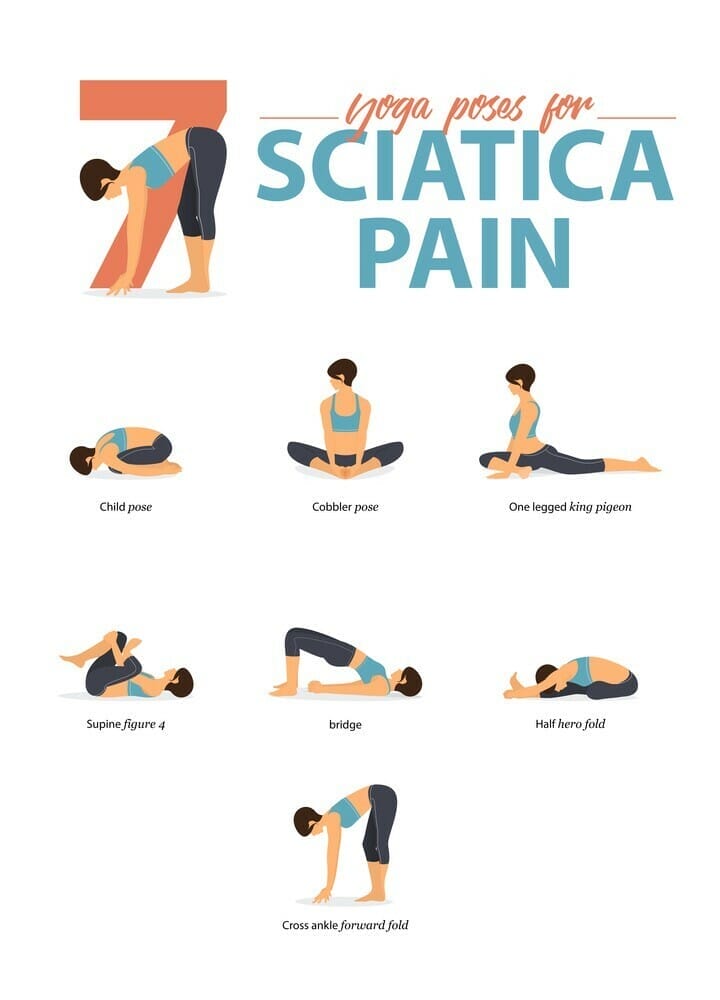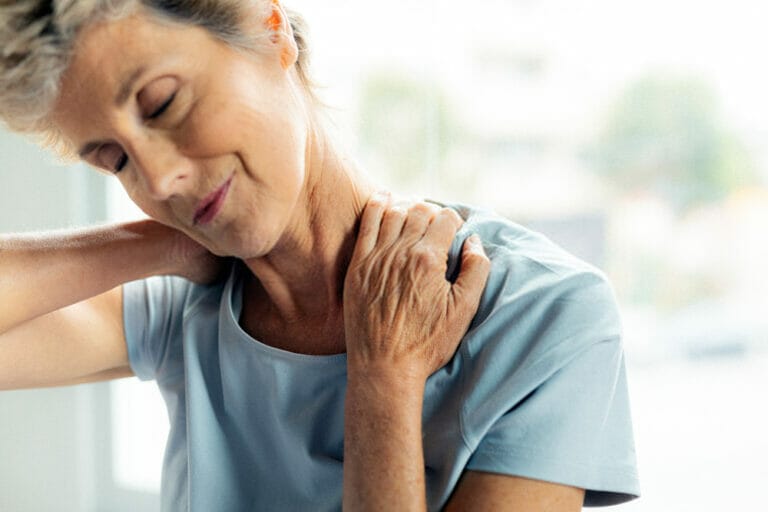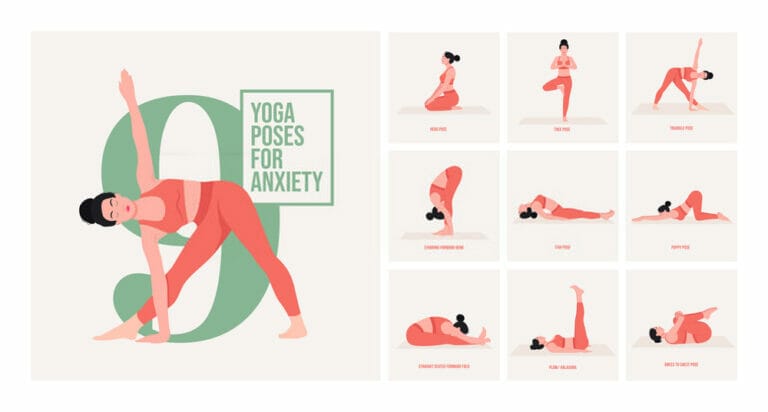Get Relief From Sciatica With These Yoga Poses
Do you suffer from sciatica? Do you know the best yoga poses to avoid?
Back discomfort is no laughing matter whether you slept in an odd posture or are slowly changing into the shape of your WFH office chair.
The first step in getting rid of the discomfort is to figure out what's causing it. Muscle spasms, perhaps? It might also be an inflamed sciatic nerve.
But what is sciatica? It’s a pain caused by pinched or inflamed sciatic nerves in the lower back. Your sciatic nerve begins in your lower back and divides into both sides, passing down your butt cheeks and the backs of your thighs to your knees.
Sciatic nerve discomfort is referred to as "sciatica." It occurs when your sciatic nerve is pinched, compressed, irritated, or damaged.
Symptoms can include waking up with achy legs and having to limp to the bathroom. You may also experience weakness and fatigue of your lower body or restriction of movement and loss of flexibility. In addition, you may feel a burning or a cramping sensation, tingling, or numbness.
The cause of this nerve pain can be a variety of things, including muscle spasms, whether out of laziness or physical injury and even structural damage to the vertebrae in the spine.
In this blog post, we’ll look at sciatica and which yoga poses to avoid if you’re experiencing discomfort in your back and legs.
While there’s no cure for sciatica itself, there are yoga poses that can help to alleviate the pain.
Let’s take a look at the yoga poses to avoid if you suffer from sciatica.
Downward-Facing Dog
Probably the most often practised forward fold of all poses, beware: this pose can lead to sciatic pain. This classic “fix everything, relax everything” yoga posture may feel nice after a long vinyasa, but not if your sciatica is bothering you right now.

Downward-Facing Dog stretches your hamstrings, calves, and tendons down to your heel.
Maintaining your condition with Downward-Facing Dog and yoga is suggested, but only when acute sciatic pain has passed.
Leg Circles
While they may feel great, a variation of leg circles can aggravate sciatic nerve pain. Why? Circling your legs with little support from the rest of your body puts strain on a sciatic nerve that is already irritated.
Swinging your leg in a full circle, a typical Pilates and martial arts workout, may strain your hamstring quickly, potentially triggering severe discomfort down your sciatic nerve.
Hamstring Stretch
While many people find the hamstring stretch to feel great when they roll out their yoga mat, beware.
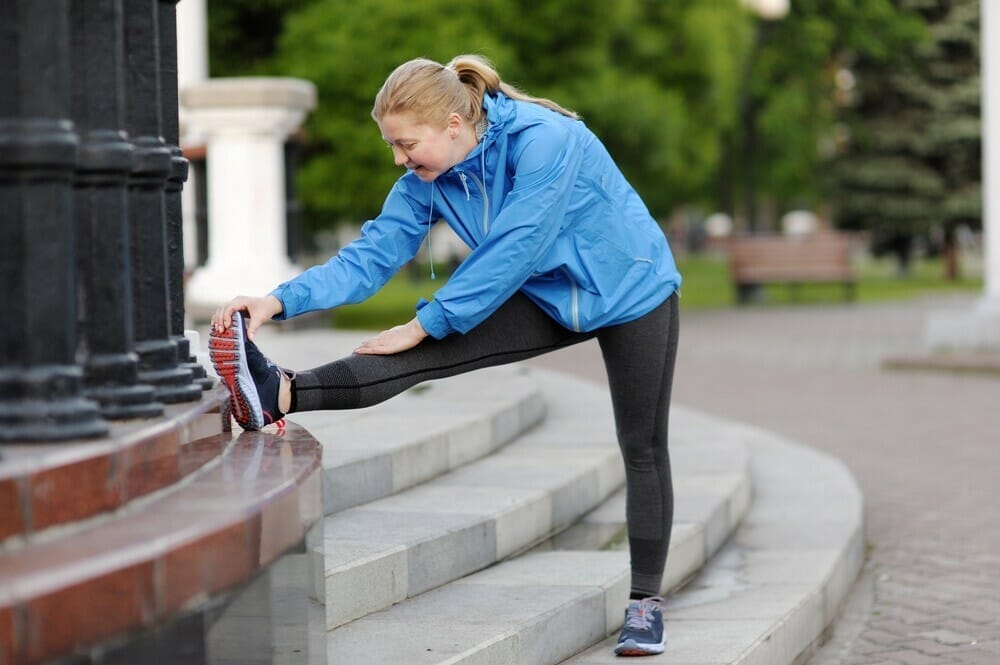
This one stretch may irritate the whole length of your sciatic nerve, from the lower back to the heel, whether you're standing and leaning forward, in a runner's stretch, or leaning over both feet.
Hurdler stretch
This stretch, seated and facing the back of a chair, can also aggravate a sciatic nerve.
Maintaining an upright posture while you hold your leg behind you is good for keeping things moving in their proper direction, but not if you're already feeling discomfort in your back and butt area.
Until the problem causing your sciatica pain has been addressed, you should avoid high-impact, jarring workouts or sports.
More tips to prevent sciatica:
- For best results, keep a good posture.
- High heels should be avoided.
- Avoid sitting or driving for long periods.
- Invest in routine maintenance.
- Yoga or stretching
- With the appropriate minerals and vitamins, you can nourish your muscles, nerves, tendons, and ligaments.
- Take care of your mental and emotional health.
- Lower your stress levels.
There are some best sciatica stretches that you can do to help alleviate sciatica pain.
Note: Be careful not to overstretch, as you should never have any shooting pains while performing a stretch.
The Complete Back Stretch
This stretch works out your abdominal muscles and spine.
Lower Back Stretch
This workout focuses on stretching and relaxing your lower and middle back. When extending your back, remember to be gentle.
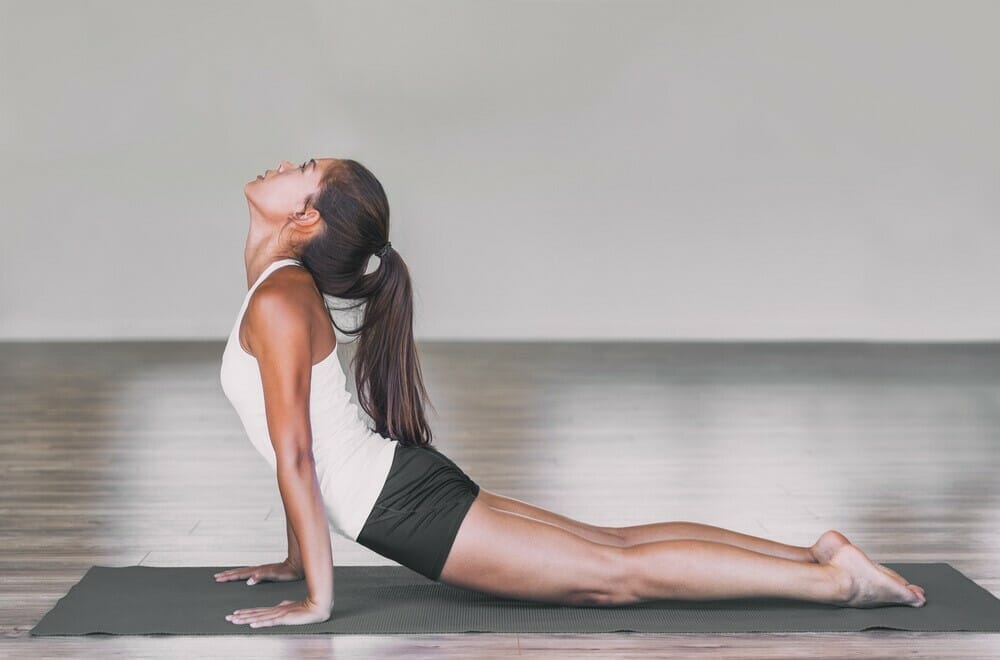
Pretzel Stretch
It is excellent for releasing tension in your butt and pelvic floor.
Single Leg Stretch & Lift
The single-leg stretch and raise is a classic Pilates exercise that strengthens your core and hip flexors while extending your buttocks and hips.
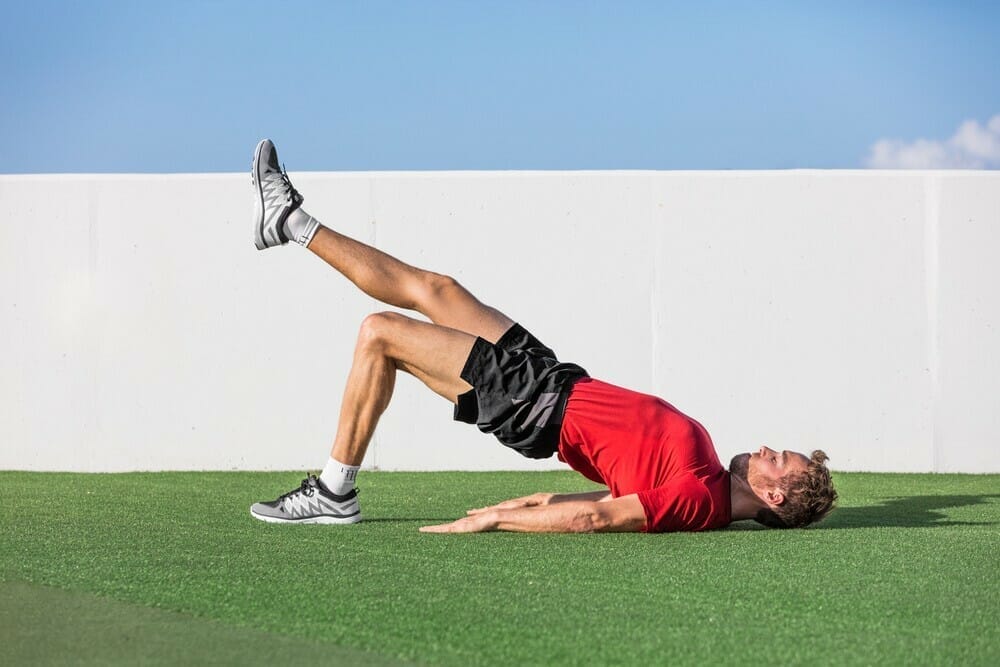
Modified Quadricep Stretch
This stretch targets your quadriceps or the front of your thighs.
Follow these effective sciatica stretches regularly to relieve chronic lower back pain and sciatica flare-ups.
The Bottom Line
Sciatic nerve discomfort can affect anyone, even if you have an otherwise healthy body. However, it’s essential to take care of your body and listen to what it’s telling you.
It may be taking a break from yoga or any other exercises or working through the pain with modifications.
To prevent future occurrences and ease current pain, be sure to consult with a professional who can help you avoid sciatica in the future. What are your best sciatica tips? Please leave a comment below.

